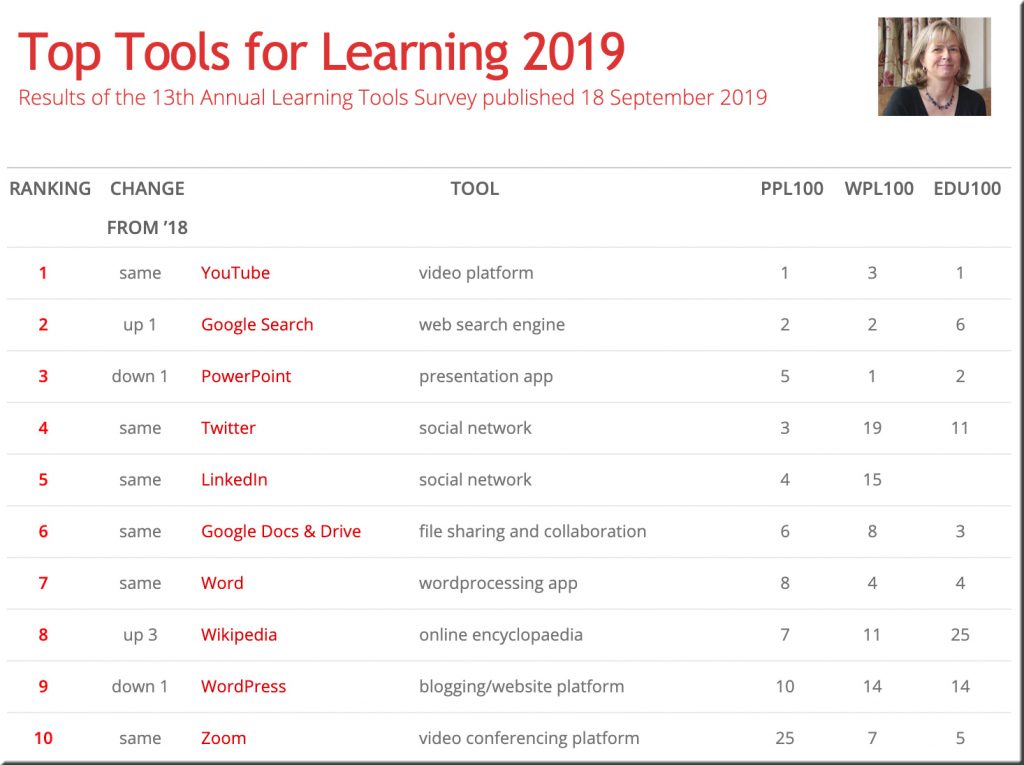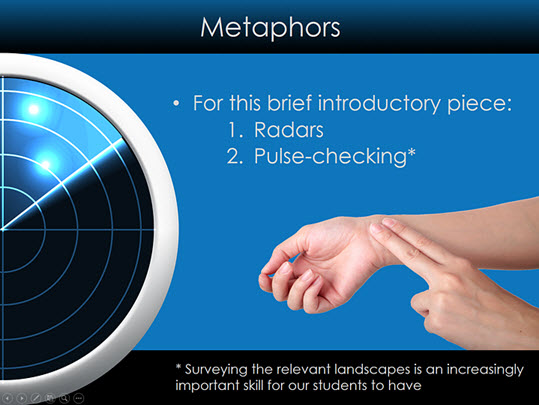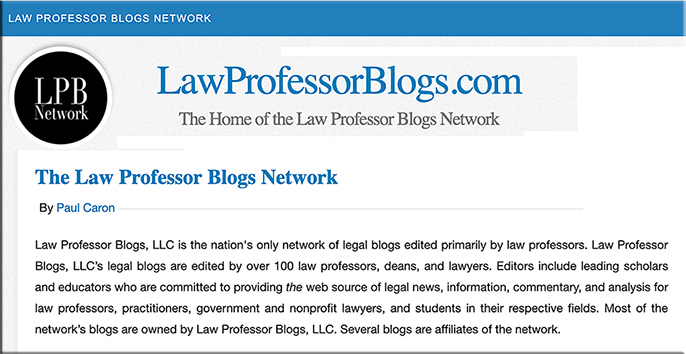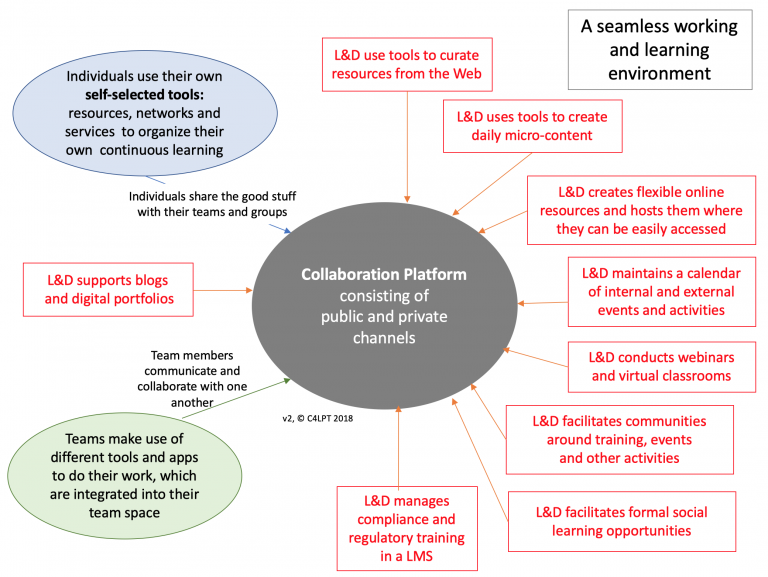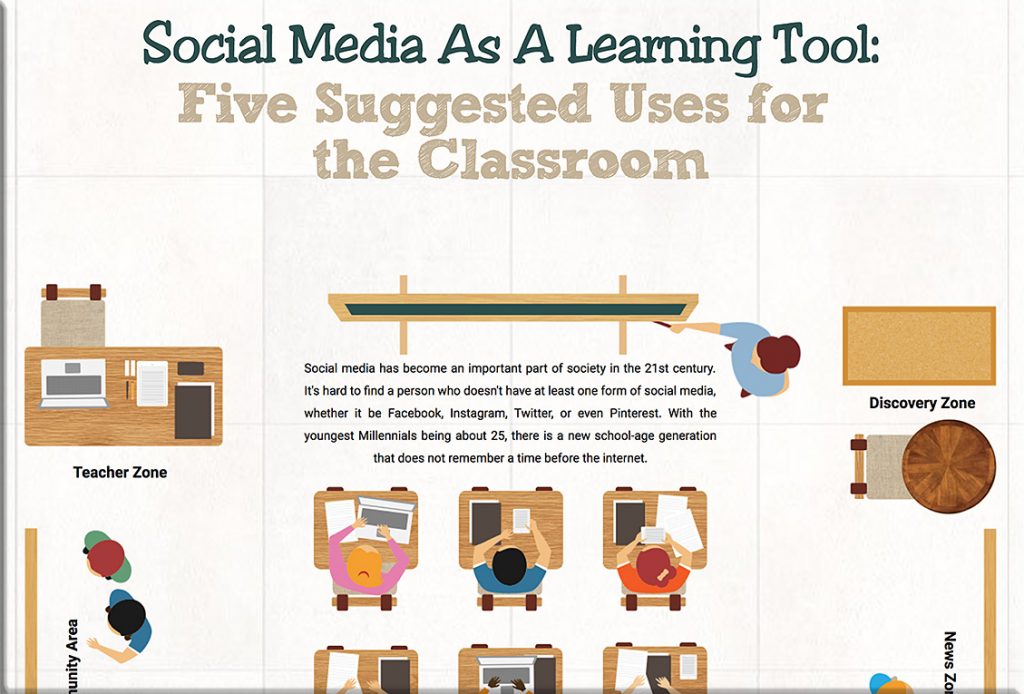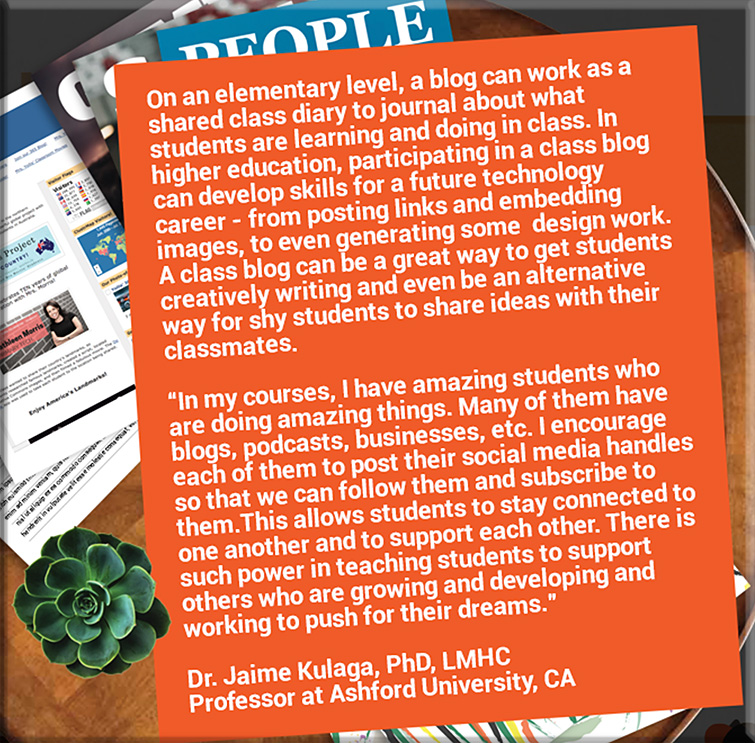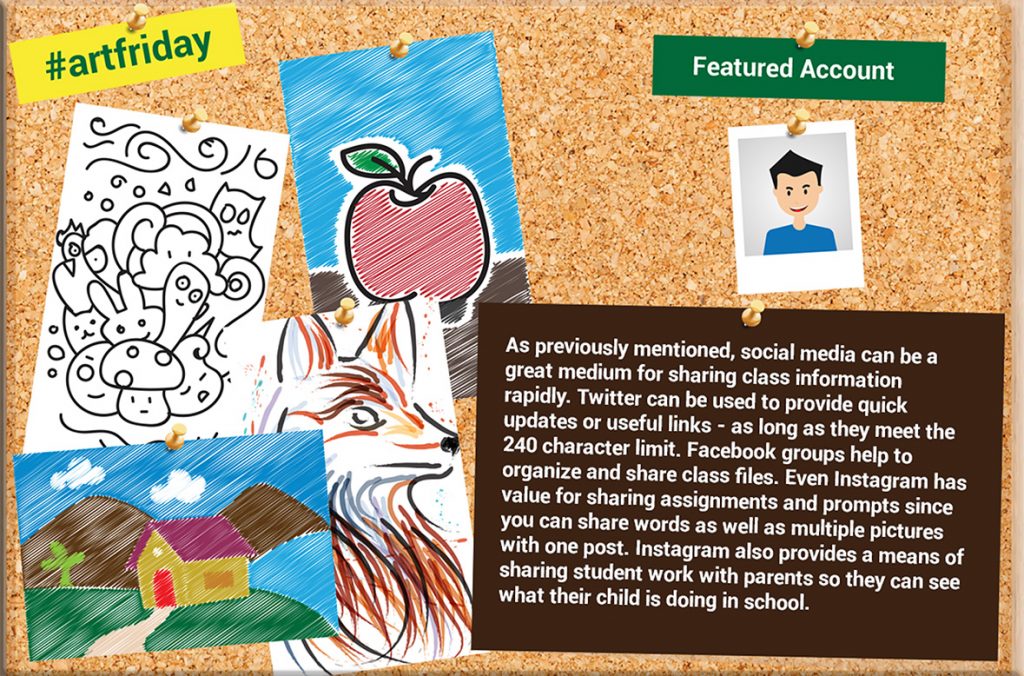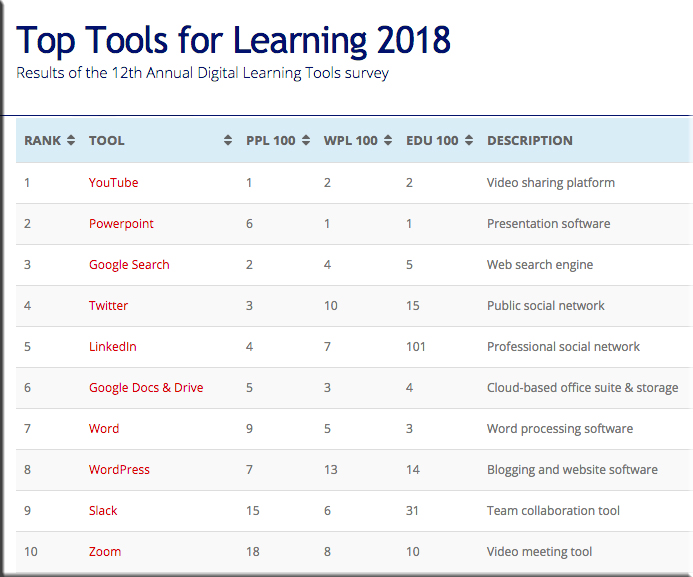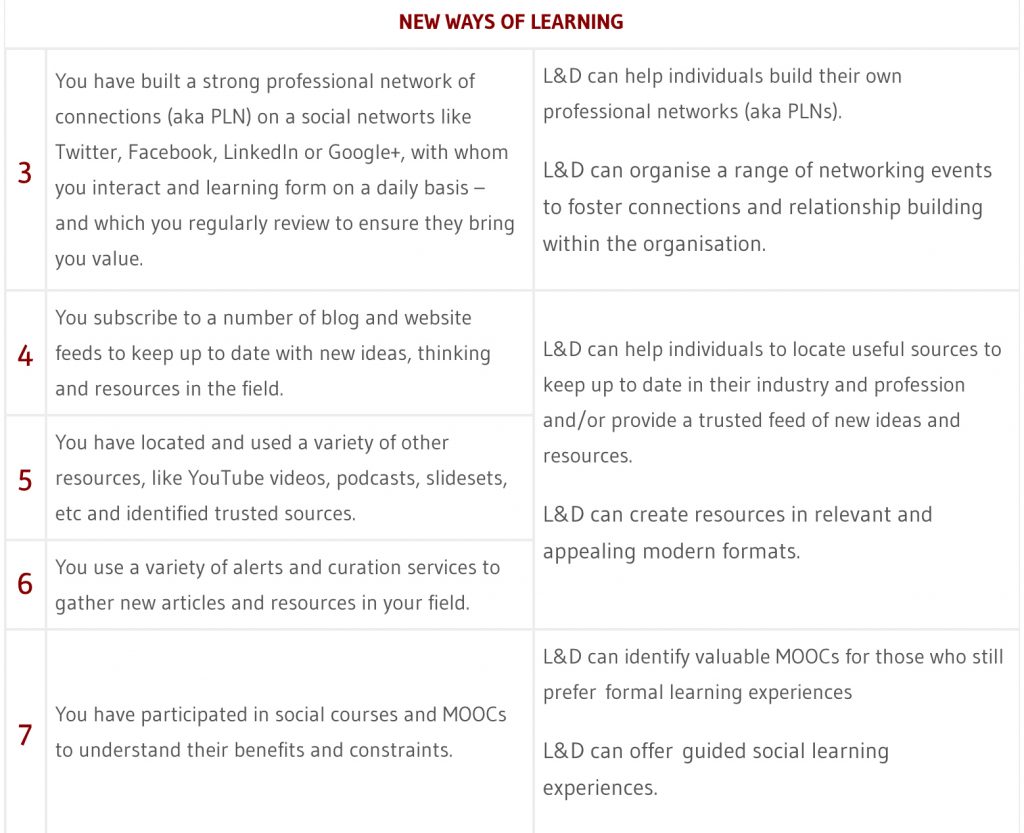From DSC:
I sat down for a cup of coffee the other day with an experienced, wise, elderly learning expert. He was virtually a walking encyclopedia of knowledge around matters related to training, teaching, and learning. It was such a gift to learn from his numerous years’ worth of experience and his hard earned knowledge!!! I rarely use the phrase learning expert because it’s very difficult to be an expert when it comes to how people learn. But in this case, that phrase works just fine for me.
This elderly gentleman had years’ worth of experiences involving instructional design, coaching, teaching, and training behind him. He mentioned several things that I want to record and relay here, such as:
- In terms of higher education, we need to move from a content orientation to a process orientation — i.e., helping our students learn how to learn (i.e., providing some effective methods/best practices such as this article and this study discuss for example).
While I agree that this is a good call, I still think that we’ll need some level of content delivery though. As Daniel Willingham asserts in his book, Why don’t students like school?, students still need to have a base knowledge of a subject so that they can recall that information and integrate it into other situations. Per Willingham, we can’t expect learners to become experts and think like experts without that base level of knowledge in a subject. But if they never had that information in the first place, they couldn’t recall it or bring it up for application in another context. That said, I highly agree that students need to graduate from high school and college having a much better idea on how to learn. Such a skill will serve them very well over their lifetimes, especially in this new exponential pace of change that we’re now experiencing.
- Speaking of contexts, this wise gentleman said that we need to move from being content driven to being concept driven and context driven.
The trick here is how to implement this type of pedagogy within higher education. It’s hard to anticipate the myriad of potential contexts our students could find themselves in in the future. Perhaps we could provide 2-3 contexts as examples for them.
- Students need to interact with the content. It won’t have any sort of lasting impact if it’s simply an information transmission model. This is why he practiced (what we today call) active learning based classrooms and project-based learning when he taught college students years ago. This is why he has attendees in his current training-related courses apply/practice what they’ve just been told. Along these lines, he also likes to use open-ended questions and allow for the process of discovery to occur.
- The point of teaching is to make learning possible.
- Learning is change. No change. No learning.
An interesting, bold perspective that I appreciated hearing. What do you think of this assertion?
- For each educational/training-related item, he asks 3 questions:
- What does it mean?
- Why is it important?
- What am I going to do with it?
There was soooooo much knowledge in this wise man’s brain. I reflected on how much information and expertise we lose when instructional designers, teachers, professors, learning theorists (and many others) retire and leave their fields. I asked him if he was blogging to help pass this information along to the next generations, but he said no…there was too much on his plate (which I believe, as he was highly energetic, driven, and active). But I find that when one finally gets enough knowledge to even being close to being called an expert, then it’s time to retire. We often lose that knowledge and people end up reinventing the wheel all over again.
Again, it was such a pleasure to talk with an older gentleman with years of experience under his belt — one who had clearly put a great deal of time and effort into his learning about learning. In an age when America discards the elderly and worships youth, there is an important lesson here.
In an age when organizations are letting their older, more experienced employees go — only to hire much younger people at 1/2 the former wages — we should learn from some of the other nations and cultures who highly respect and lift up the more experienced employees — and the elderly — and who actively seek out their counsel and wisdom. Such people are often worth every penny of their wages.
—–
What do you think? Am I off base on some of my responses/reflections? How do these things strike you?
—–









